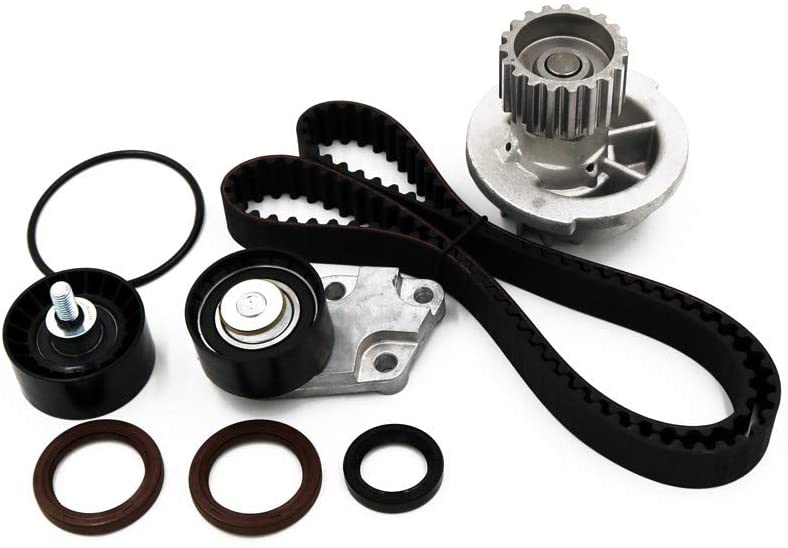Custom Molded Rubber Products – Uses and Advantages
Rubber is found in almost all around us and a part of most of the stuff we use in our day to day life. You can find rubber products in cell phones, cars, microwave ovens and most other items that we use daily. It is a widely used material because of its strength and stress-withstanding properties. Talking about industrial use, you can find custom molded rubber products in the construction industry, food & beverages industry, automobile industry and many more. Even hospitals use rubber products extensively.
Most industries require custom molded rubber products in order to meet their specific requirements based on the machinery they use and the processes followed. These custom molded rubber products are extremely important for several businesses and without the work would come to a halt. Some of the common molded rubber products include the following:
•Gaskets and seals
•O Rings
•Timing belt
•Vibration mounts
•Conveyor belts
All of these find use in different industrial applications. Conveyor belts are in particular very helpful in taking materials from one point to another without involving manual labor. It saves both time and effort making it cost-effective.
Custom molded rubber products find their use in different applications in day to day life and industries. There are different products that are used for industrial purposes to make tasks easier.





